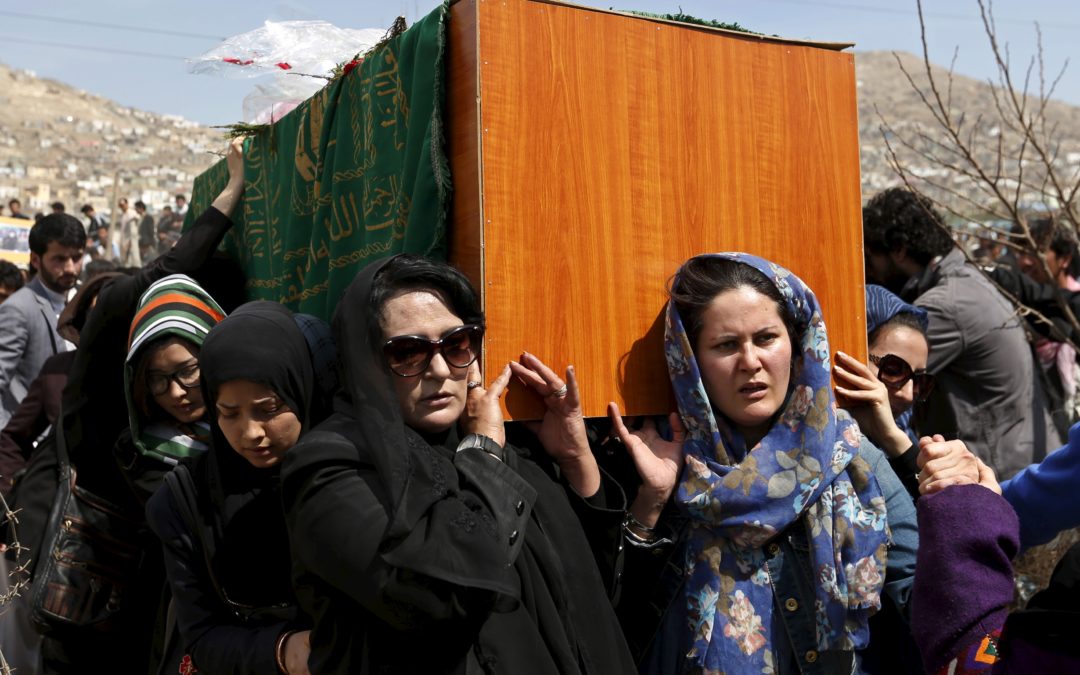The Nation
I’ve never been to Afghanistan, but I am the mother of two young children. So when I imagine what life must be like there after 18 years of war, my mind conjures up the children most vividly—the ones who have been affected by the conflict—and their parents. I think of the 12-year-old boy who was carrying water to a military checkpoint in a remote part of that country, earning pennies to help sustain his family, whose legs were blown off by a landmine. Or the group of children at a wedding party, playing behind the house where the ceremony was taking place. One of them picked up an unexploded shell, fired from a helicopter, that hadn’t detonated in battle. It blew up, killing two children, Basit and Haroon, and wounding 12 others. What must it be like to care for a five year old—the age of my oldest child—who is maimed and who needs to learn how to walk, play, and live again with ill-fitting prosthetics?
A major legacy of the US war on terror in Afghanistan, which began in October 2001 and shows little sign of actually ending anytime soon, will be the “explosive remnants of war”—a term for all the landmines and unexploded bombs and other weaponry that have been left behind in the earth. This debris of America’s endless war, still piling up, is devastating in many ways. It makes it so much harder for an agricultural population to sustain itself on the land. It wreaks havoc on Afghans’ emotional wellbeing and sense of security. And it poses special hazards for children, who are regularly injured and killed by the left-behind explosives of an already devastating war as they play, herd livestock, or collect water and firewood.

